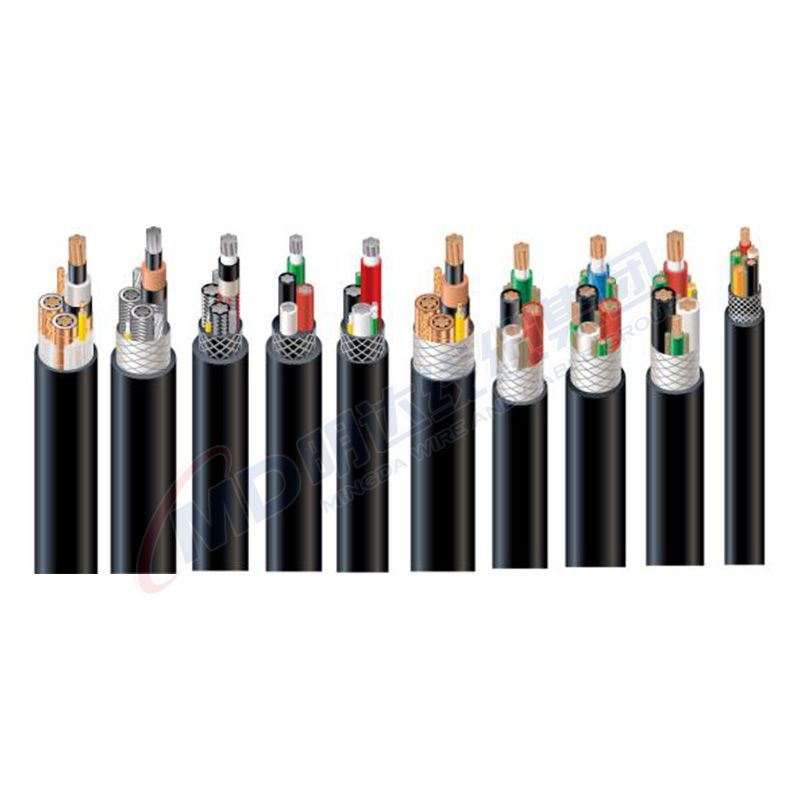11 月 . 04, 2024 15:33 Back to list
Choosing the Right Standard Wire and Cable for Your Electrical Projects
Understanding Standard Wire and Cable Essential Components for Connectivity
In the realm of electrical and electronic systems, wire and cable serve as the lifelines that connect components, ensuring the smooth flow of electricity. Whether it is a complex industrial setup, residential wiring, or simple electronic devices, understanding standard wire and cable specifications is fundamental for anyone involved in design, installation, or maintenance.
Types of Wires and Cables
Wires are generally categorized based on size, type, and construction. The most common types include
1. Stranded Wire This type consists of multiple small wires twisted together, making it more flexible and easier to handle than solid wire. Stranded wire is often used in applications where flexibility is crucial, such as in power cords and where wires are subject to movement.
2. Solid Wire Made from a single solid piece of conductive material, solid wire provides excellent conductivity and is typically used in permanent installations like building wiring.
3. Coaxial Cable Most commonly found in television and internet connections, coaxial cable consists of a central conductor, an insulating layer, a conductively shielded layer, and an outer insulating layer. Its design minimizes electromagnetic interference, making it suitable for high-frequency signals.
4. Twisted Pair Cable Primarily used for networking, twisted pair cables consist of pairs of wires twisted together to cancel out electromagnetic interference. Shielded and unshielded options provide enhanced flexibility depending on the requirements of the installation.
5. Fiber Optic Cable This high-tech cable uses light to transmit data, offering incredibly fast speeds and high bandwidth over long distances. Fiber optic cables are essential for modern telecommunications and data networks.
Standard Specifications
standard wire and cable

The performance and safety of wires and cables are defined by various standards set by organizations like the American National Standards Institute (ANSI), Institute of Electrical and Electronics Engineers (IEEE), and Underwriters Laboratories (UL). These standards cover parameters such as
- Ampacity The amount of electrical current a wire can safely carry without overheating
. Factors affecting this include wire gauge, insulation type, and ambient temperature.- Voltage Rating Each wire and cable is rated for specific voltage levels, ensuring it can handle the electrical load without risk of breakdown.
- Temperature Rating Insulation materials have different temperature ratings, which dictate the environments in which the wire can operate safely.
Applications
The applications for standard wire and cable are vast and varied. In residential settings, they are used for lighting, heating, power distribution, and communication services. In industrial environments, they connect machines, sensors, and control systems. In telecommunications, they facilitate data transfer between devices, enabling the interconnected world we rely on.
High-quality wires and cables also contribute to energy efficiency and safety. Improperly rated wire can lead to overheating and electrical hazards, emphasizing the importance of selecting the right product for each specific application.
Conclusion
Investing time to understand standard wire and cable specifications is critical for anyone involved in electrical work. The right choice not only ensures compliance with safety standards but also enhances the reliability and efficiency of electrical systems. As technology continues to evolve, the demand for advanced wiring solutions grows, driving innovation in materials and standards. By staying informed about these developments, professionals can ensure that their projects meet the highest standards of performance and safety.
Share
-
Understanding the Differences Between Wafer Type Butterfly Valve and Lugged Butterfly ValveNewsOct.25,2024
-
The Efficiency of Wafer Type Butterfly Valve and Lugged Butterfly ValveNewsOct.25,2024
-
The Ultimate Guide to Industrial Swing Check Valve: Performance, Installation, and MaintenanceNewsOct.25,2024
-
Superior Performance with Industrial Swing Check Valve: The Essential Valve for Any SystemNewsOct.25,2024
-
Industrial Swing Check Valve: The Ideal Solution for Flow ControlNewsOct.25,2024
-
You Need to Know About Industrial Swing Check Valve: Functionality, Scope, and PerformanceNewsOct.25,2024